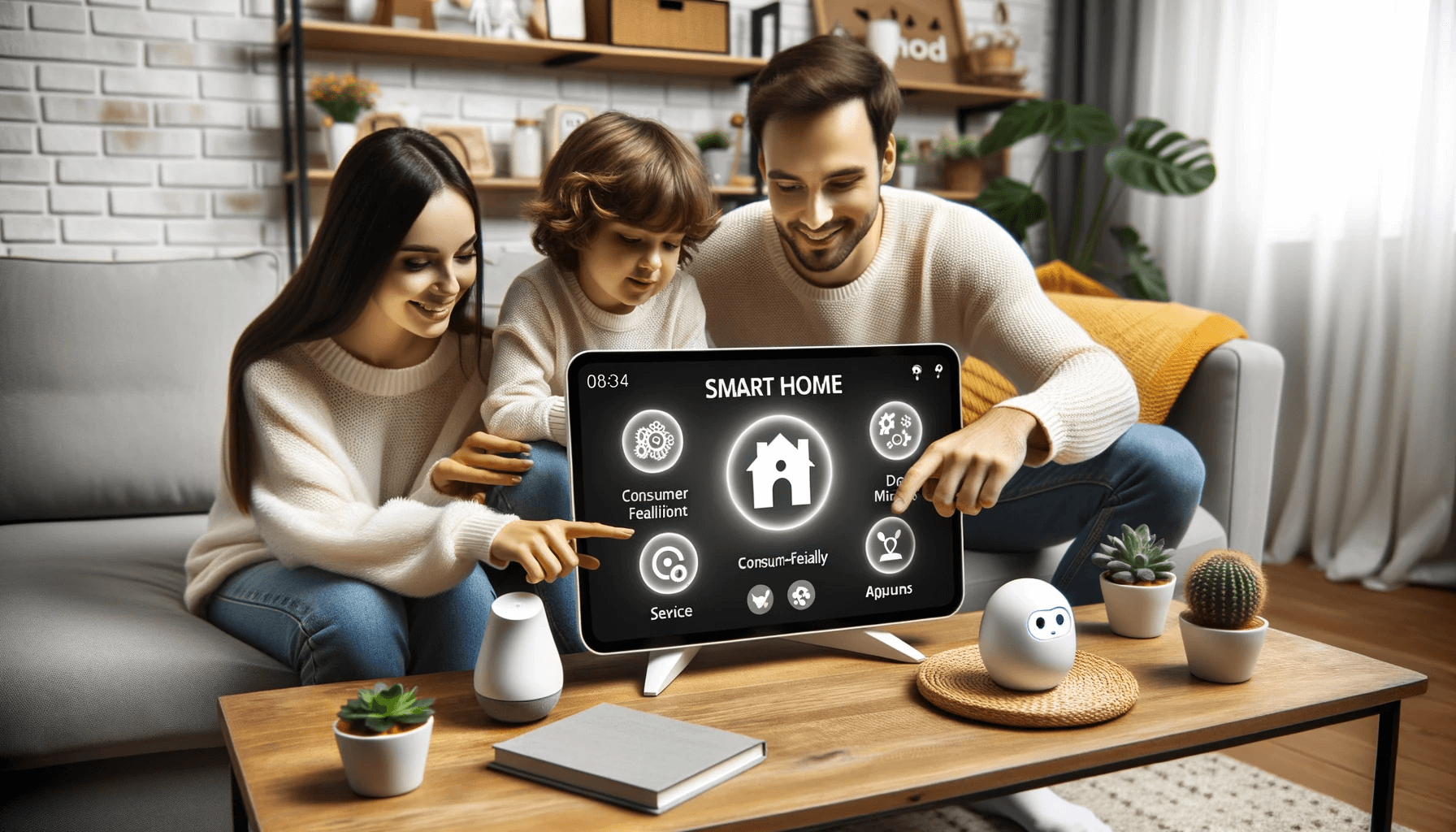The rapid proliferation of digitalization and advancements in internet technology has significantly fueled the evolution of SaaS (Software as a Service) and cloud computing. While both of these terms might ring a bell to many, their correlation is often clouded (pun intended!). This post aims to disclose the interrelationship between the progression of SaaS and cloud computing, taking into account various perspectives.
What is SaaS?
In its essence, Software as a Service (SaaS) involves the provision of web-based software applications to users over the internet. Instead of purchasing and installing software applications on individual computers or servers, SaaS allows users to rent these applications and access them via an internet browser. Examples include Google Workspace, Salesforce, Oracle ERP Cloud, and Zoom.
What is Cloud Computing?
Cloud Computing, on the other hand, involves the delivery of computing services (including storage, databases, networking, software, analytics, etc.) over the internet or “”cloud””. Services may be free or sold on-demand, allowing companies to save costs on maintaining physical infrastructure and focus on projects that differentiate their businesses. Amazon Web Services (AWS), Microsoft Azure, and Google Cloud Platform are among the leading names in this domain.
SaaS and Cloud Computing: An Intrinsic Relationship
The Technical Perspective
SaaS is a subset of cloud computing. Technically speaking, the software application in the SaaS model is developed using a cloud computing infrastructure. Here’s how the workflow functions:
Developers write the code for a web-based software application (SaaS). This code is then deployed on a cloud platform. The cloud platform provides the necessary infrastructure, services, and computational resources to host this application. Users, in turn, access the SaaS application via this cloud platform.
Thus, cloud computing can be viewed as the backbone of the SaaS model, offering the necessary scalability, reliability, and flexibility, without any geographical constraints.
The Business Perspective
From a business standpoint, both SaaS and cloud computing share the objective of transforming capex (capital expenditure) into opex (operational expenditure). By reducing the need for extensive infrastructure or software licenses, businesses can shift towards a pay-as-you-go structure, saving substantial costs.
Furthermore, businesses using SaaS enjoy greater accessibility, scalability, and flexibility without the need to worry about maintenance or upgrades as these are taken care of by the SaaS vendors — a luxury offered by the underlying cloud computing platform.
The User Perspective
From the user’s perspective, SaaS provides a hassle-free, low-latency experience as the required platform or software is readily available for use over the internet. This convenience stems from the cloud services that efficiently deliver the solutions needed. Software updates and new feature rollouts can be done more seamlessly and quickly with this model, ensuring the end-user always has the most current version of the software.
Conclusion
The connection between SaaS and cloud computing is integral, with each one forming the core of the other’s progression. The rapid growth and adoption of cloud computing have opened the doors for SaaS platforms to thrive, while the broad acceptance and usage of SaaS applications have also established the need and significance of cloud computing.
Understanding the correlation between these two concepts can help businesses, developers, and users make informed choices and maximize the benefits inherent in this digital era. As technology continues to evolve, this relationship is expected to strengthen and yield more integrated, efficient, and cost-effective solutions.”
